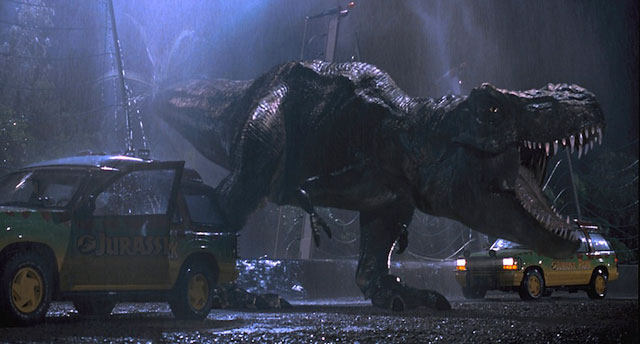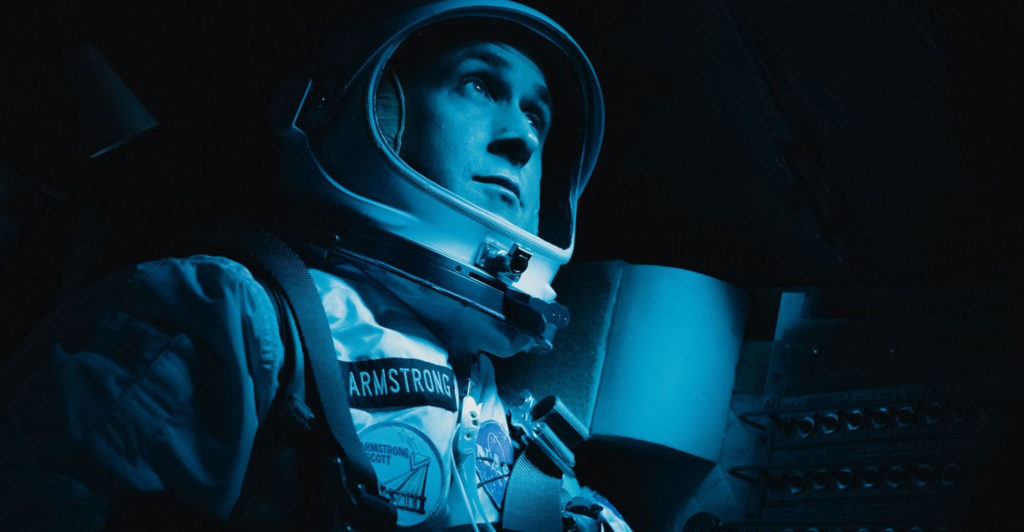
You’d think that 20 years of progress in computer-generated imagery (CGI) would make Jurassic Park look like, well, a dinosaur. But Steven Spielberg’s summer blockbuster, re-released this weekend with a 3D makeover, is just as captivating and thrilling now as it was in 1993. It remains a great example of the director’s ability to use new-fangled technology to tell old-fashioned stories in ever more compelling ways.
Based on Michael Crichton’s bestselling techno-thriller of the same name, Jurassic Park made use of computer animation to bring the most convincing dinosaurs yet seen on screen to life. For better and for worse, Jurassic Park (along with Terminator 2) ushered in a new era of digital special effects.
The pioneering digital effects still look good, perhaps better than many CGI-heavy films that get released today. The beasties are still the star attractions of the theme park John Hammond (played by Richard Attenborough) creates off the coast of Costa Rica as a home for his genetically cloned dinosaurs. They’re triumphs of art direction as much as of technology.

Spielberg sought to make his dinosaurs look and act like animals rather than monsters, and then used the latest technology at hand to bring his vision to life. Though there are a few moments where the seams show, these creatures evoke as much terror and wonder as they did when we first saw them.
The studio has (as John Hammond might say) spared no expense in the painstaking 3D conversion. Though the subtle 3D effects add little to Spielberg’s masterful use of depth and space in his compositions, at least the effects do not jar as they do in other 3D retrofits such as Star Wars Episode 1 and Titanic.
The new version of Jurassic Park arguably benefits more from its remastered sound effects than from the visual makeover. The roars, shrieks and growls of the dinosaurs have never been more terrifying, and John Williams’ score still sends tingles down the spine.
The film itself is a vintage Spielberg adventure film. It makes good use of the pseudoscience of the Crichton book to build a suspenseful ride. Some of the technospeak sounds quaint now (“It’s an interactive CD-ROM!” one of Hammond’s grandchildren squeals at one point), but the theme of cloning and genetic tinkering feels as relevant as ever.
Jurassic Park 3D trailer:
Jurassic Park is not without its flaws. It is perhaps a better example of the work of Spielberg the technician than of Spielberg the storyteller. The ending is a little weak, and the film focuses too much on Sam Neill’s straitlaced palaeontologist rather than on the charismatic, sardonic chaos theorist played by Jeff Goldblum.
But even if it’s not as emotionally rich as Jaws, ET or Close Encounters of the Third Kind, Jurassic Park still takes some time to let us know its characters, understand their motivations, and feel their fears. They’re not just dinosaur snacks. Jurassic Park makes us care enough about them to be invested in their fates. That sets it apart from all too many of the CGI-heavy films that have followed the trail it blazed. — (c) 2013 NewsCentral Media




